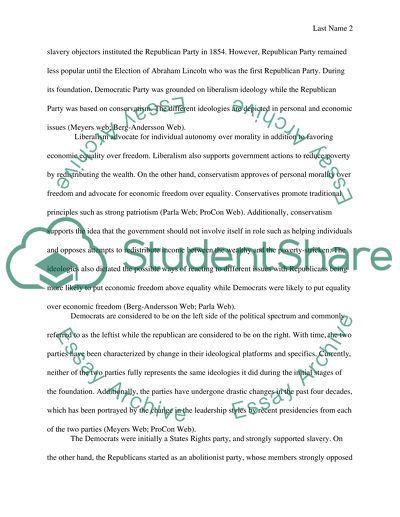Cite this document
(“Roles Reversal of the Democratic and Republican Party Research Paper”, n.d.)
Retrieved from https://studentshare.org/english/1455376-role-reversal-of-the-democratic-and-republican
Retrieved from https://studentshare.org/english/1455376-role-reversal-of-the-democratic-and-republican
(Roles Reversal of the Democratic and Republican Party Research Paper)
https://studentshare.org/english/1455376-role-reversal-of-the-democratic-and-republican.
https://studentshare.org/english/1455376-role-reversal-of-the-democratic-and-republican.
“Roles Reversal of the Democratic and Republican Party Research Paper”, n.d. https://studentshare.org/english/1455376-role-reversal-of-the-democratic-and-republican.


